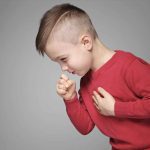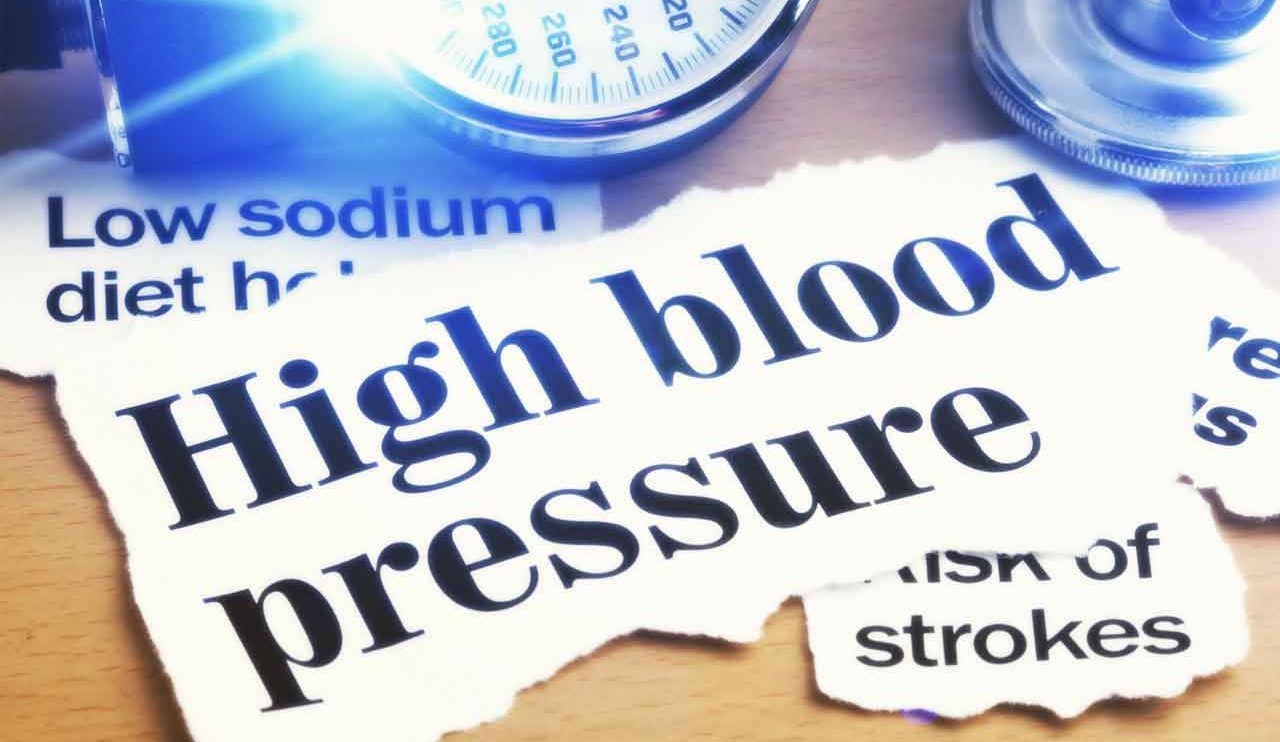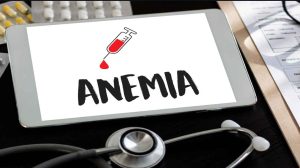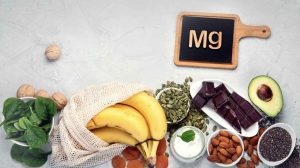There are several dietary rules that must be followed to maintain normal blood pressure: avoid being overweight, minimize sodium, caffeine and alcohol consumption and increase calcium, potassium and green tea consumption. All the information about the non-pharmacological treatment of hypertension
What is high blood pressure (hypertension)?
The definition of high blood pressure (also called hypertension and abbreviated: 14) is a systolic blood pressure that is higher than 140 millimeters of mercury and a diastolic blood pressure that is higher than 90 millimeters of mercury in two separate measurements in a person who is not suffering from an acute illness.
Blood pressure levels in adults (18 years and older)
| | Systolic blood pressure (mmHg) | Diastolic blood pressure (mmHg). |
| proper | till 120 | up to 80 |
| Pre-high blood pressure | 120 to 139 | 80 to 89 |
| High blood pressure grade 1 | 140 to 159 | 90 to 99 |
| Grade 2 high blood pressure | 160 to 179 | 100 to 109 |
| High blood pressure grade 3 | 180 and more | 110 and more |
People who have been diagnosed with pre-hypertension are considered to have a high risk of developing high blood pressure and must be monitored by the attending physician.
High blood pressure is a common phenomenon – between 15% and 20% of the population suffers from it – and is a risk factor for the development of diseases of the heart and blood vessels – especially in the Western world. The incidence of the disease increases with age. Many factors affect blood pressure, including genetics, the emotional state (life under constant stress or tension), a lifestyle that does not include regular physical activity, excess weight and wrong eating habits.
Non-pharmacological treatment of hypertension
Maintaining a healthy weight
There is a direct relationship between overweight in general and obesity (mainly central obesity – around the abdomen) in particular and an increase in blood pressure.
In the case of overweight, a reduction of 5% to 10% of the weight may help balance the blood pressure, among other things because it increases the effect of blood pressure lowering drugs and reduces cardiovascular risks such as and dyslipidemia .
Exercise
Adherence to regular physical activity of two and a half hours a week (150 minutes) is recommended to balance high blood pressure. The current recommendations are to be careful with activity almost every day (about half an hour at least).
Physical activity does not have to be only in the context of “sport”. It can be easily integrated into the routine daily activity, for example walking to work (if it is far away, then you can walk at least part of the route), take the stairs instead of the elevator, go for a walk every evening (with or without a dog) and the like.
Even such moderate actions contribute to improving health and quality of life, helping to reduce weight when a dietary change is made and to maintain the new weight.
smoking cessation
Cigarette smoking is a leading risk factor for the development of diseases of the heart and blood vessels (cardiovascular diseases), so it is essential to avoid this habit. Patients who quit smoking should be doubly careful about their weight as weight gain is a common side effect of quitting smoking.
Reducing the intake of sodium (salt)
Many studies show that high consumption of sodium affects blood pressure levels. As with any change in dietary intake, the blood pressure response to a change in salt intake varies from population to population.
Recent studies show that limiting sodium intake can prevent high blood pressure among some people who are at risk of developing high blood pressure. To reduce sodium consumption, choose products with a low sodium content.
Since sodium is mainly found in salt, this means that the amount of salt added to food should be limited. The recommended salt intake for maintaining normal blood pressure is up to a teaspoon of salt per day (which has 2,300 milligrams of sodium).
Most of the daily sodium intake comes from industrialized and processed foods that are high in salt. Since the flavors on the tongue adapt relatively quickly to a salty taste, it is sometimes difficult to gauge the salt content of a product only with the help of the sense of taste. Therefore, it is recommended to read food labels to distinguish between a low-salt product and a high-salt product. Below are the definitions that appear on the labels regarding the amounts of salt in the food:
- Salt-free food contains less than 5 milligrams of sodium per 100 grams of food.
- Low-salt food contains less than 100 milligrams of sodium per 100 grams of food.
- High salt food contains more than 500 milligrams of sodium in 100 grams of food.
- Salt-reduced food contains about 25% less sodium than the original product. This means: salt-reduced food is not necessarily low-salt food.
In the food market there are common non-natural salt substitutes that are important to distinguish between:
- A product that says No Salt does not contain sodium but potassium.
- A product labeled Lo Salt contains about 1/3 of the amount of sodium in table salt (as well as potassium chloride).
- A product labeled Pan Salt contains about 1/2 the amount of sodium in cooking salt, and is rich in potassium and magnesium.
- Haaretz salt contains 19 grams of sodium in 100 grams of salt (compared to 39 grams of sodium in 100 grams of regular salt). It is also rich in potassium.
The division of the different foods according to their salt content
| Recommended foods | Foods not recommended |
| Meat : lean beef, chicken, turkey . | Meat : canned, smoked meat, sausages, pastrami, sausages, prepared meat products. |
| Fish : fresh sea and pond fish, fish preserved in | Fish : canned fish, salted fish, smoked fish, anchovies, sardines, prepared fish schnitzel . |
| Soups : homemade soups in which the amount of salt is | Soups : soup powders of all kinds, ready – |
| Cereals and pastries : wholemeal or regular bread, wholemeal or regular rice, buckwheat, bulgur, oats, potatoes, sweet potatoes, corn, matzah, unsalted crackers, pasta, flakes, flour, semolina, cornflour, pearl barley, wheat, homemade pastries Without baking powder and | Cereals and pastries : salty cookies, salty crackers, soup almonds, croutons, salty snacks, cornflakes, borax, pizza, malavah, jechanon . |
| Milk and its products : milk, white cheeses, white, yogurt, Sativion, white cheeses up to 5% fat, ricotta, Canaan . | Milk and its products : yellow cheese, cottage cheese, Bulgarian cheese, Tzafat cheese, melted cheese, smoked cheese, Roquefort and Camembert . |
| Vegetables : fresh, frozen, cooked , | Vegetables : pickled, canned , |
| Legumes : Homemade legume dishes | Legumes : ready-made hummus salad, salty pea snack, canned goods, ready-made meat substitutes . |
| Fruits : fresh, frozen, cooked, fresh juices , | Fruits : pickled, preserved , |
| Fat : vegetable oils, butter and margarine without salt, raw tahini, avocado, crackers without added salt . | Fat : butter and margarine with salt, olives, prepared tahini salad, salted crackers . |
| Spices : all the pure spices, except salt . | Spices : salt, soup powder, monosodium glutamate and products containing it, mixed spices such as seasoning for the grill/”on the fire” and the like . |
Potassium is on the menu
Potassium plays an important role in fluid balance and in excreting excess sodium from the body through the urine. Studies show that high consumption of potassium causes a drop in blood pressure and its complications, including a stroke .
It is important to know that diuretic drugs that can be used to treat high blood pressure may cause a decrease in the level of potassium in the blood. Foods rich in potassium are vegetables and fruits, especially bananas, avocados, tomatoes, potatoes and legumes.
Calcium is on the menu
It is recommended to consume at least 3 dairy products a day. Dairy products that contain up to 5% fat and are rich in calcium should be preferred. Calcium contributes to the balance of blood pressure by increasing the excretion of sodium in the urine.
Fat on the menu
Studies have not found a relationship between the levels of fat or the types of fat and blood pressure. However, to reduce the risk of atherosclerosis , reduce the intake of saturated fat and increase the intake of monounsaturated fat.
alcohol
People who consume alcohol are recommended to limit their consumption: men are advised not to exceed 2 servings of alcohol per day, while women are recommended not to exceed one serving of alcohol per day (serving = 330 milliliters of beer, half a glass of wine, a glass of spirits).
Clinical studies show that moderate drinking of red wine containing polyphenols (natural antioxidants that protect the heart) helps to reduce blood pressure, therefore in the absence of another contraindication such as fatty liver , a moderate consumption of up to 300 milliliters of red wine per day for men and about 150 milliliters of wine is allowed Red in the day for women.
It should be taken into account that the organ that breaks down alcohol and drugs is the liver. An interaction between the alcohol and the liver enzymes may, for example, delay the breakdown of the drugs and enhance their effect, so the attending physician should be informed if alcohol is consumed.
caffeine
It is recommended to limit caffeine consumption to 300 milligrams per day. Caffeine can acutely raise blood pressure. However, in most epidemiological studies no direct relationship was found between caffeine consumption and an increase in blood pressure. Below is the amount of caffeine in different drinks:
- A cup of black coffee: 115 milligrams.
- Espresso: 100 milligrams.
- Instant coffee: 65 milligrams.
- Tea: 40 to 65 milligrams.
- Coke: 30 to 65 milligrams.
- Cocoa: 6 milligrams.
- Decaffeinated coffee: 3 milligrams.
Cocoa and green tea
The cocoa beans and green tea contain flavonoids. These improve the condition of blood vessels and reduce blood pressure. Studies show that there is an inverse relationship between cocoa consumption and high blood pressure and mortality from diseases of the heart and blood vessels.












Add Comment